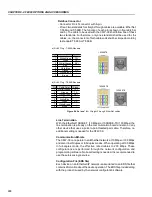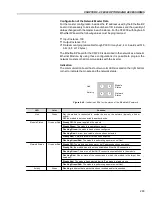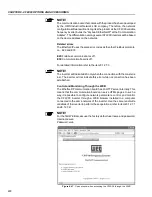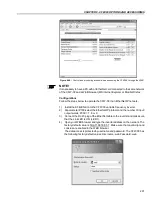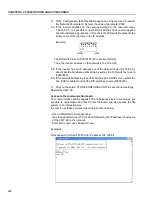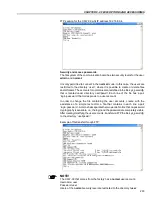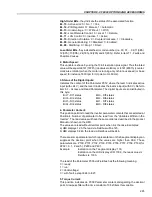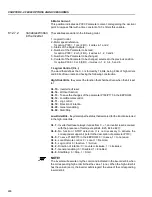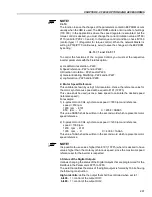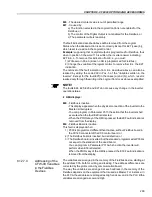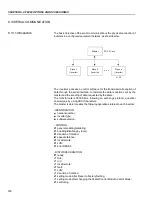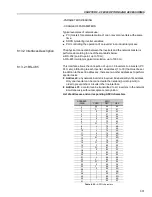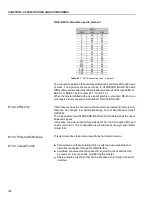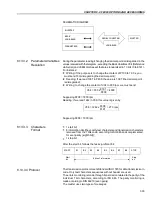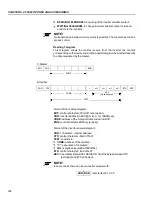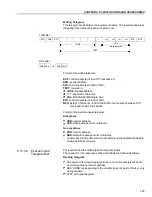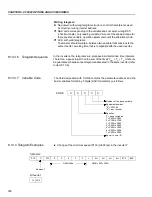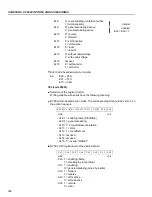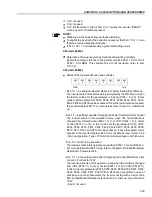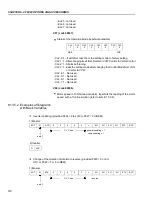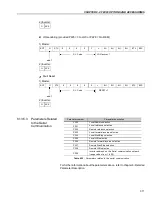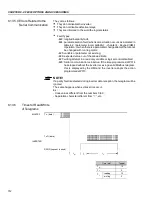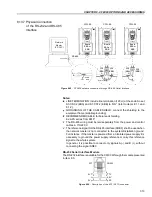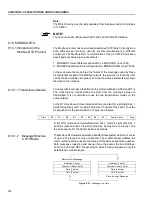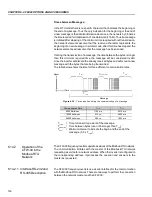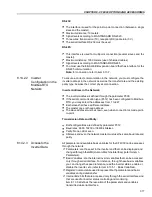
302
CHAPTER 8 - CFW-09 OPTIONS AND ACCESSORIES
ASCII
CODE
DEC
HEX
0
48
30
1
49
31
2
50
32
3
51
33
4
52
34
5
53
35
6
54
36
7
55
37
8
56
38
9
57
39
=
61
3D
STX
02
02
ETX
03
03
EOT
04
04
ENQ
05
05
ACK
06
06
NAK
21
15
Other ASCII characters used in protocol
The connection between the network participants is performed through a pair
of wires. The signal levels are according to STANDARD EIA RS-485 with
differential receivers and transmitters. Expansion boards of the types EBA.01,
EBA.02 or EBB.01 (refer to items 8.1.1 and 8.1.2).
When the master is fitted with only a serial interface - standard RS-232, you
must apply a level conversion module from RS-232 to RS-485.
In this case we have the connection of a master to an inverter (point-to-point).
Data can be changed in a bi-directional way, but not simultaneous (HALF
DUPLEX).
The logical levels meet STANDARD EIA RS-232C that determines the use of
balanced signals.
In this case, one wire is used for transmission (TX), one for reception (RX) and
one for return (0 V) .This configuration is a three-wire economy model. (Refer
to item 8.6)
8.13.2.2 RS-232
8.13.3 Protocol Definitions
This item describes the protocol used for serial communication.
8.13.3.1 Used Terms
Parameters: are those existing in the inverters whose visualization or
alteration is possible through the HMI interface.
Variables: are values that have specific inverter functions and that can
be read and, in some cases, modified by the master.
Basic variables: are those that can be accessed only through the serial
interface.
Table 8.21
- ASCII characters used in protocol

